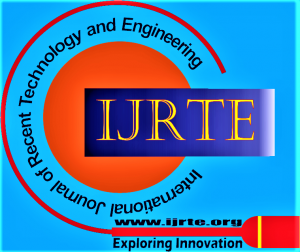![]()
Sarcasm Detection Using Deep Learning Approaches: A Review
Spriha Sinha1, Monika Choudhary2
1Spriha Sinha, Department of Computer Science and Engineering – Artificial Intelligence, Indira Gandhi Delhi Technical University for Women, Kashmere Gate, Delhi, India.
2Monika Choudhary, Department of Computer Science and Engineering, Indira Gandhi Delhi Technical University for Women, Kashmere Gate, Delhi, India.
Manuscript received on 13 February 2023 | Revised Manuscript received on 21 February 2023 | Manuscript Accepted on 15 March 2023 | Manuscript published on 30 March 2023 | PP: 50-58 | Volume-11 Issue-6, March 2023 | Retrieval Number: 100.1/ijrte.F74760311623 | DOI: 10.35940/ijrte.F7476.0311623
Open Access | Editorial and Publishing Policies | Cite | Mendeley | Indexing and Abstracting
© The Authors. Blue Eyes Intelligence Engineering and Sciences Publication (BEIESP). This is an open access article under the CC-BY-NC-ND license (http://creativecommons.org/licenses/by-nc-nd/4.0/)
Abstract: Emotions are something that makes one realize how other people are feeling but sarcasm needs to be understood by putting in some extra effort. Sarcasm, a verbal irony, is a practice of using words or sentences that are different from their literal meaning. Researchers are still working to develop an algorithm that can accurately identify sarcasm. Since sometimes humans also take time to understand sarcasm, making a machine learn to recognize is also not a simple task. The need for Deep Learning (DL) is rapidly growing for detection and classification operations. Different research works have focused on Sarcasm detection using various methodologies; however, the issue with existing research is its limited performance and accuracy. Our survey provides several helpful examples, the most notable of which is a table that lists prior studies according to several criteria, including the types of methodologies used with accuracy and the datasets employed. This paper also sheds light on multimodal detection, sarcasm detection from typographic images (such as memes), feature set analysis, and the various phases of a model, including its issues and milestones in sarcasm detection.
Keywords: Sarcasm Detection, Deep Learning, Sentiment, Social Media, Typographic
Scope of the Article: Deep Learning
